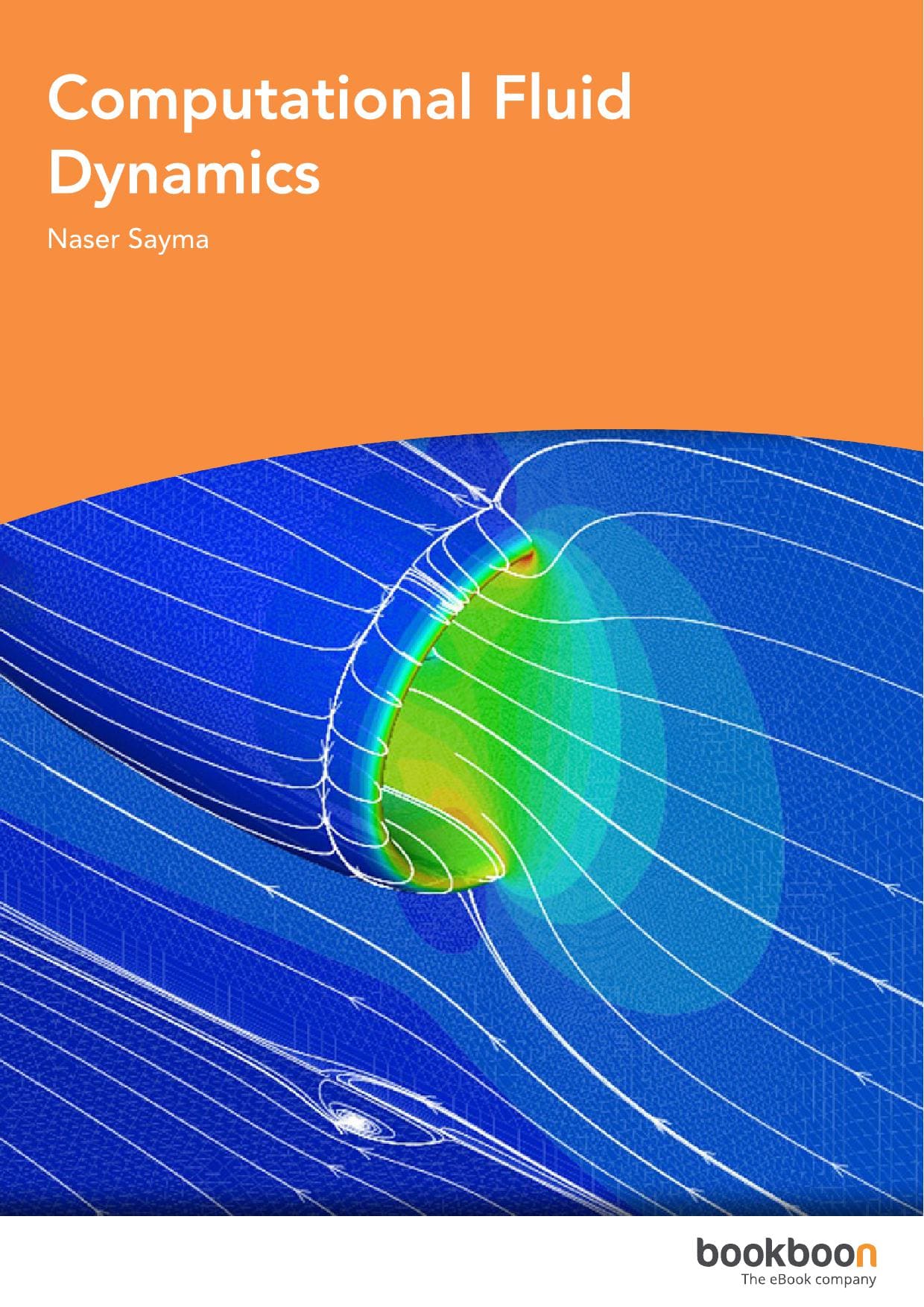1 Introduction
Computational Fluid Dynamics (CFD) is the branch of fluid dynamics providing a cost-effective means of simulating real flows by the numerical solution of the governing equations. The governing equations for Newtonian fluid dynamics, namely the Navier-Stokes equations, have been known for over 150 years. However, the development of reduced forms of these equations is still an active area of research, in particular, the turbulent closure problem of the Reynolds-averaged Navier-Stokes equations. For non- Newtonian fluid dynamics, chemically reacting flows and two phase flows, the theoretical development is at less advanced stage.
Experimental methods has played an important role in validating and exploring the limits of the various approximations to the governing equations, particularly wind tunnel and rig tests that provide a cost- effective alternative to full-scale testing. The flow governing equations are extremely complicated such that analytic solutions cannot be obtained for most practical applications.
Computational techniques replace the governing partial differential equations with systems of algebraic equations that are much easier to solve using computers. The steady improvement in computing power, since the 1950s, thus has led to the emergence of CFD. This branch of fluid dynamics complements experimental and theoretical fluid dynamics by providing alternative potentially cheaper means of testing fluid flow systems. It also can allow for the testing of conditions which are not possible or extremely difficult to measure experimentally and are not amenable to analytic solutions
1.1 Scope of this book
There is a large number of commercial CFD packages in the market nowadays and CFD has established itself as a useful analysis and design tool. In addition, there is a large number of research and public domain CFD programmes. As a student you are most likely to use an existing CFD programme than write a new one from scratch. In some occasions, students might do certain modifications or additions to existing programmes to tailor them for a particular problem.
On the other hand there is a large number of published CFD books. However most of those, if not all, are targeted towards postgraduate students or researchers who are interested in understanding, in detail, the numerical algorithms to enable them to develop or adapt CFD programs.
Commercial CFD tools usually come with user’s guides and examples manuals that provide users with information of how to use that particular tool. However, in most cases, there is no explanation of the theoretical background which enables the user to make an informed choice of the technique used, or the type of boundary conditions to apply.
This book aims at bridging the gap between the two streams above by providing the reader with the theoretical background of basic CFD methods without going into deep detail of the mathematics or numerical algorithms. This will allow students to have a grasp of the basic models solved, how they are solved and the reasoning behind the choice of any particular method. This will give them an informed choice when they want to apply CFD tools to a particular engineering problem.
Thus the rest of this Chapter will present an overview of engineering prediction methods comparing the scope, advantages and limitations of experimental methods, analytical methods and CFD techniques. It will then present typical problems that can be solved by CFD for illustration purposes. It will then end with outlining the structure of the rest of this book to help the student find his way through.
